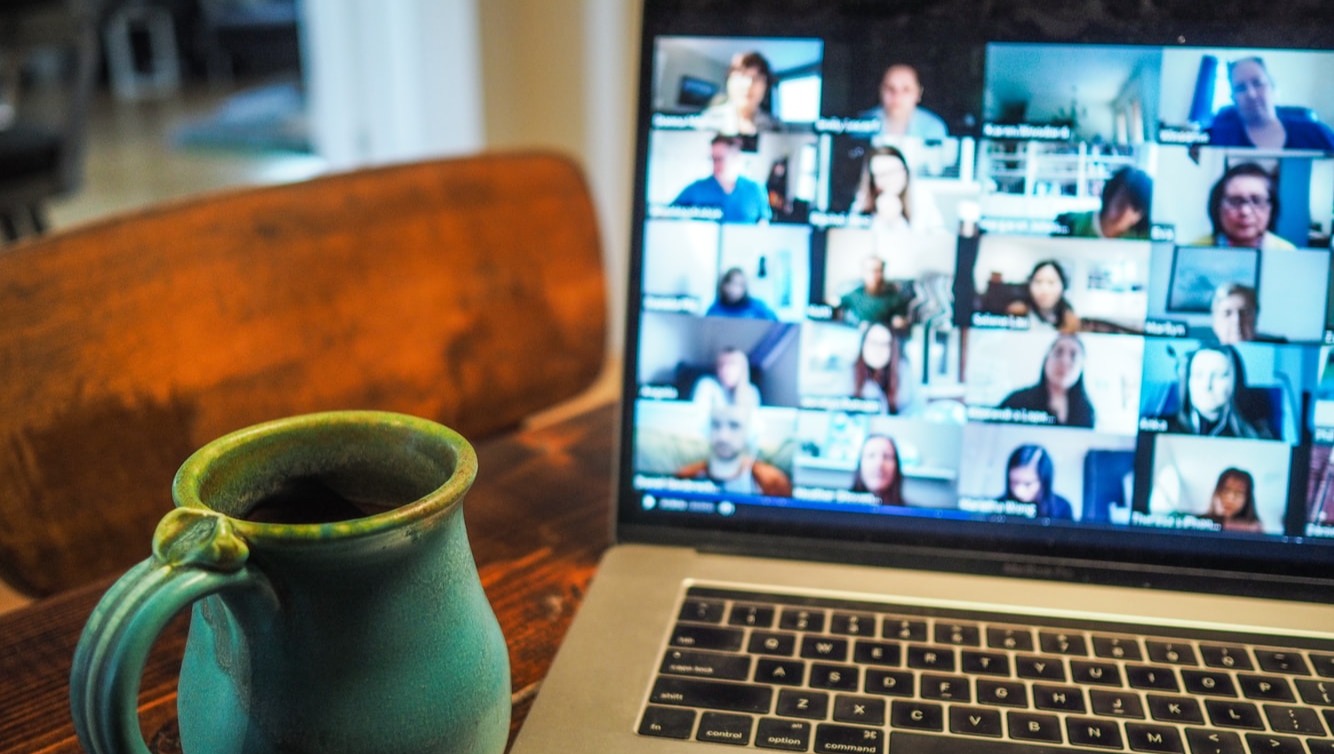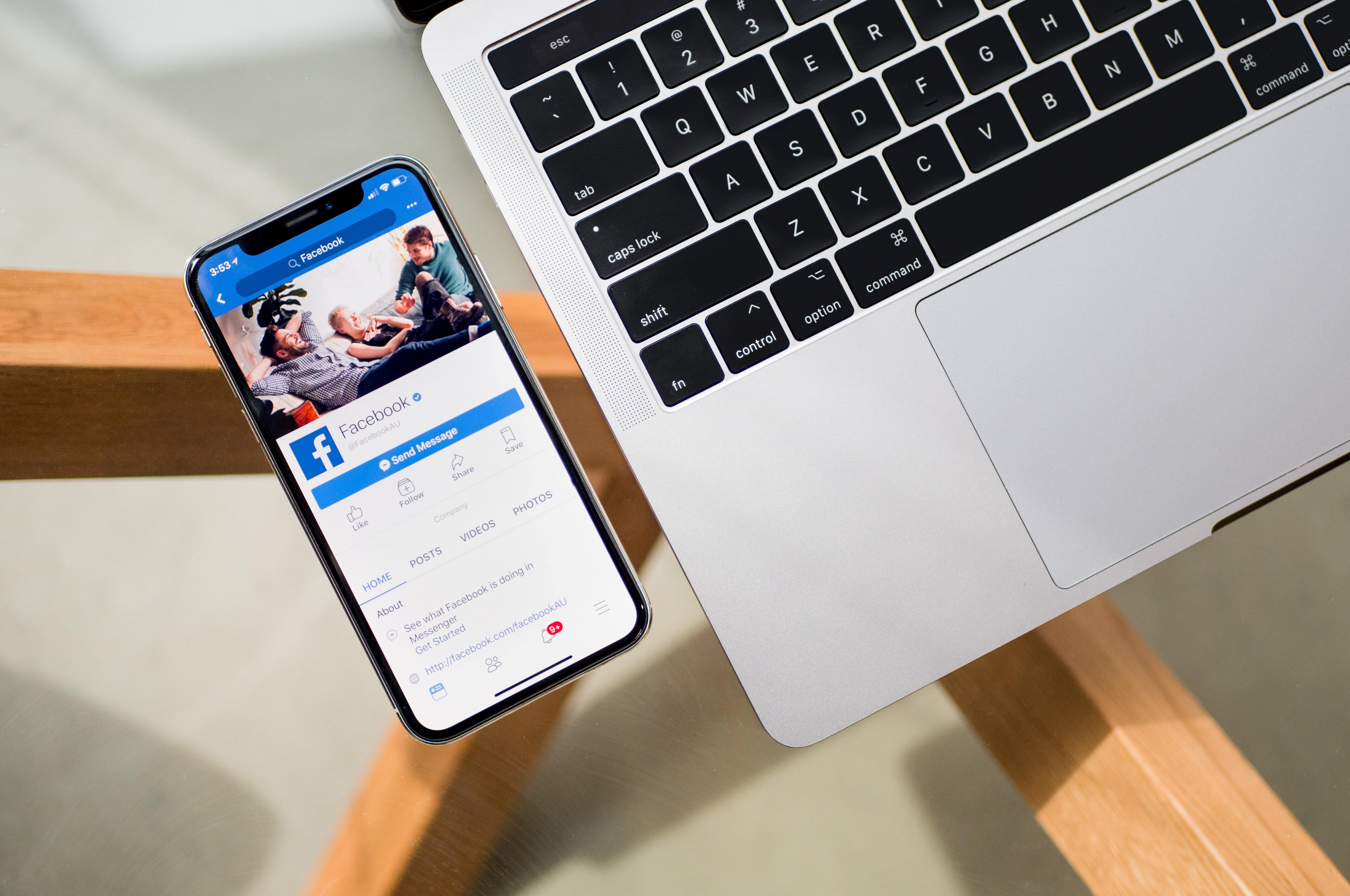
In our first blog of 2021, we explored why, while virtual events have an abundance of benefits when executed right, they should not be treated as direct substitutes for their physical counterparts.
There's a few reasons for this, all of which we explore in our recent blog. In summary though, it's because they don't offer the on-the-spot opportunities to start conversations with prospects that physical events do. Many have tried to remedy this with digital networking or "virtual booths" - which sound great in theory, but in practice very rarely yield the results they promise. And certainly not the direct leads you'd expect from a physical event.
In short, what we're saying is that virtual events are different from physical events. Which means you should run them differently too. But there is one way you can combine both philosophies to meet in the middle, when of course, restrictions allow. Hybrid events.
In the B2B world, hybrid events have been rare until now. But in B2C, they’ve been commonplace for some time, and one company has been executing them better than anybody else: Apple.
Think of all the slick, hyper-professional launches you’ve seen Apple conduct over the years for new iPhones, iPads and so on. Speakers appear in-person to address a select group of VIP attendees. Meanwhile thousands or millions more are able to stream the event live from wherever they are in the world.
Running an event in this way is a win-win for everyone involved:
- The physical attendees get to take full advantage of networking opportunities, and feel more valued by being given a VIP invitation.
- The virtual attendees get a high production-value event, not relying on zoom calls but instead watching a stream of the physically engaging speaker. What's more, the physical boundary of the event is removed, meaning no matter where you are, you can still access whatever event you want to.
- The organiser can improve the professionalism of the event, and move away from 'fake live' or virtual trade-show floors that often look cheap and amateurish. Furthermore, they (and any sponsors) have access to a select group of senior attendees on the day, providing face-to-face opportunities to sell. On top of that, they also have access to countless more leads to follow-up with post-event.

The future of B2B hybrid events
Virtual events have been a successful tool for marketing teams in the past 12 months, and we don’t expect this to change any time soon - nor should it. Neither do we expect physical events to get back to anywhere near the popularity they had pre-pandemic in the short-term, or perhaps ever.
But what we do expect to see is a rise in hybrid events in the coming months - primarily because they offer both attendees and organisers the best of both worlds, as we slowly transition back to normality, however that might look.
Longer term, we anticipate a much more varied mix of virtual, hybrid and physical events in B2B marketing strategies - which can only be a good thing for marketeers and businesses alike.
Ready to explore how you can set up successful hybrid events? Talk to the team at ROMI Associates and learn how we've helped other businesses create engaging and effective hybrid event experiences.
.png)


